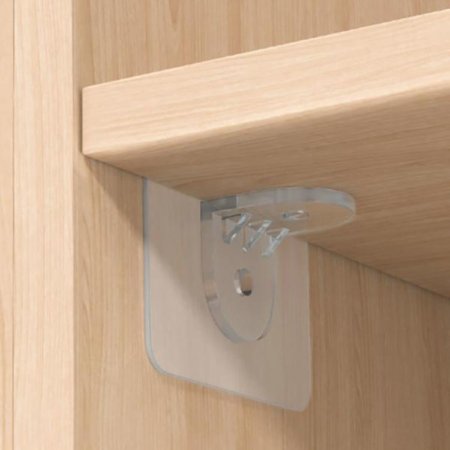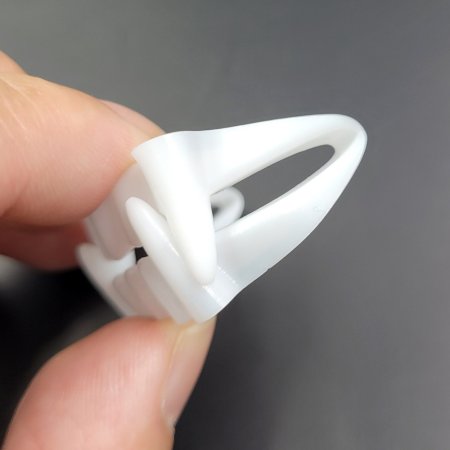Leonardo launches new C-UAS planning tool
Leonardo's SkyTender C-UAS software aims to optimise the deployment of C-UAS. (Leonardo)
Leonardo Canada – Electronics has debuted a new counter-unmanned aircraft system (C-UAS) planning and assessment tool designed to enable rapid site evaluation and optimisation prior to equipment deployment.
Known as SkyTender, the software toolset has been evolved from the outputs of a Defence Research and Development Canada (DRDC) contract awarded to Leonardo in March 2022 under the Innovative Solutions Canada programme. The company has subsequently ‘productised' this functionality.
C-UASs using radio frequency (RF) sensors and effectors to defeat UAS threats are increasingly being deployed to protect both military installations and critical infrastructures such as airports, power stations, and ports. However, establishing the optimum positioning of system equipment has traditionally required expensive and time-consuming site surveys.
Hosted on a laptop, SkyTender is a planning application designed to support pre-mission planning and enable optimum placement of C-UAS equipment. The tool is able to evaluate spectral environments and topography and simulate threats, sensors, and platforms, thereby allowing operators to optimise the detect, track, and identify functions of their C-UAS solutions, and quantify the effectiveness of deployed C-UASs against defined threats.
According to Tom Molinski, Leonardo Canada – Electronics' head of business development, SkyTender has been specifically designed to significantly reduce the time and cost associated with C-UAS planning in complex and congested RF environments. “We take into account topography and environmentals,” he told Janes at Association of Old Crows (AOC) Europe on 14 May in Oslo. “But the big difference is that we also take into consideration intentional and unintentional RF emissions, such as those associated with 5G towers or nearby radars. So we are providing a much more accurate representation of the RF environment.”






























































